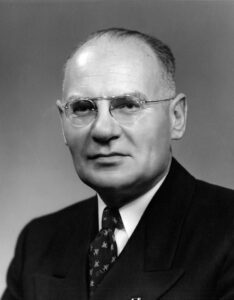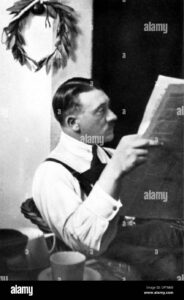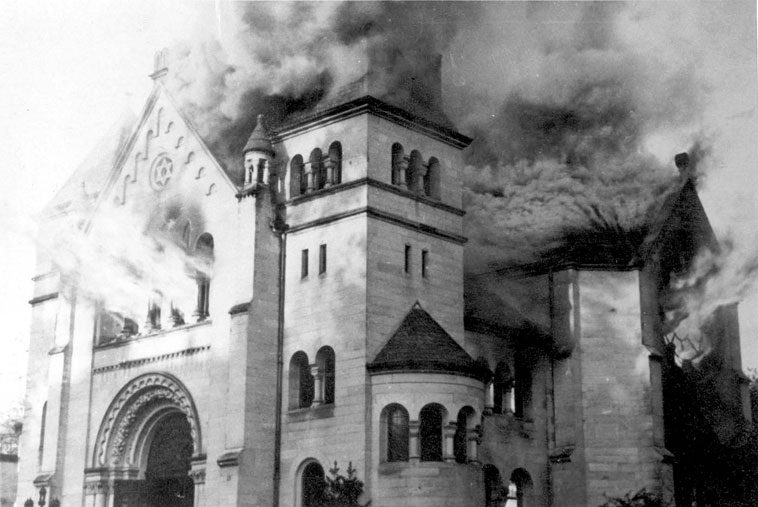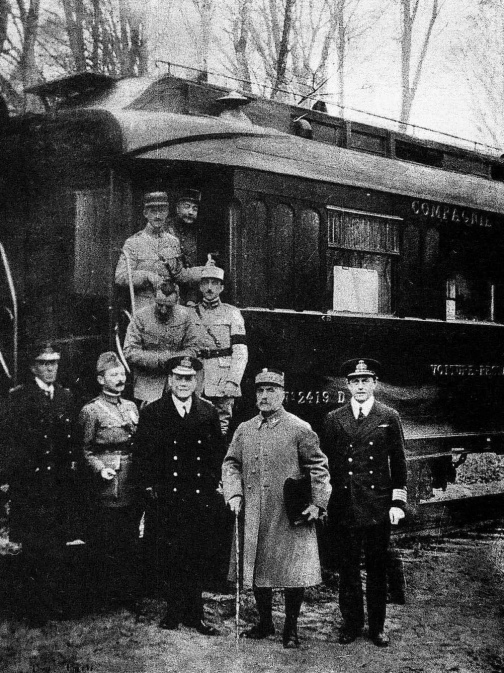(Includes excerpts from an earlier post.)
November is a month for remembering days of valor, danger and death. When I was a boy in the 1940s and ‘50s, all activity in our public school ceased at the stroke of 11:00 AM, on the 11th day of the 11th month. We observed a minute of silence at the very hour when the Armistice ended the Great War of 1914-’18 – what my grandmother and millions of others of her generation always called “The World War,” even after later events changed its label to World War I.
Had we marked the actual hour of the Armistice correctly, we should have done so at 5:00 AM in eastern Pennsylvania, where I grew up. (The effective time of the Armistice was 11:00 AM on the Western Front, in France.) Nevertheless, the observance was a solemn moment for a boy of 10 who didn’t really understand what it was all about.
The English observance is called Remembrance Day. The anniversary of the Armistice-signing is observed with two minutes of silence at precisely 10:00 AM, Greenwich Mean Time – the exact hour when hostilities ended in France. As it happened, my wife and I were visiting in London on Remembrance Day, 1984. We shall never forget the experience.
We were touring Westminster Abbey late on the afternoon of November 10th. There we found that the cathedral green had been divided into many small plots, each about 2 feet square. Every plot bore a small sign identifying some unit of British Arms from both world wars – Royal Fusiliers, 3rd Naval Battle Squadron, RAF Squadron 122, etc. Scores of units were represented – perhaps hundreds. Inside each plot visitors had placed small matchstick crosses to which they had attached slips of paper containing inscriptions – “Remembering our pal, Jim;” “The old gang from Brighton;” “Fred, we haven’t forgotten;” “Tom, we whipped the best they had;” and thousands of others.
Tears sprang to our eyes as we walked among the plots, reading those notes. It was perhaps the most moving war memorial we had ever seen – because it was so real. Those small crosses and notes were placed there by people for whom the searing blast of war was still fresh and terrible and intensely personal.
On the morning of November 11th, at a moving Service in Westminster Abbey, the Queen placed a wreath on the grave of the Unknown Soldier, who was buried among the kings and queens of the realm. Old veterans wore campaign ribbons and poppies in their lapels, and all commerce ceased for the two minutes of silence. People across the land of Kipling and Churchill and Victoria paused to remember the sacrifices of the million-plus who fell “for King and country” at Flanders, the Marne, the Somme, Gallipoli, Passchendaele, and the other grim killing fields of the Great War.
Celebrated writer Dorothy Sayers (1893-1957) made the British Day of Remembrance a key element in her mystery novel, The Unpleasantness at the Bellona Club. In the story, an old general is found dead at the club on November 11, 1922. The absence of a poppy in his lapel becomes a pivotal clue to the time of his death (it was the night before), and whether it was by natural causes (it wasn’t). (Find a synopsis of Miss Sayers’ life at http://justus.anglican.org/resources/bio/19.html )
We entered the Great War 105 years ago, and the Armistice was signed 104 years ago, so all of our veterans of the war are now gone. Our last veteran, Frank Buckles, died in 2011 at the age of 110. My mother-in-law, who passed in 2002 at age 89, spoke of hearing the church bells ringing to mark the war’s end, when she was a child of 5.
In my growing-up years, many WWI veterans were still around. One was Wheaton College President V. Raymond Edman, who had enlisted in 1918 to serve in Europe. When I was a student, Dr. Edman used many of his chapel-talks to relate his experiences in the Great War. In one talk he told how he had survived serious illness during the cold winter of 1918-’19, when he was cared for by a German family. I’ve often thought of how rare and valuable it was to hear those personal experiences from a man who was actually there.

Young Americans, who think “modern history” began in 1960 (or maybe 1992), might be vaguely aware that a war was going on somewhere, around 1918, but aren’t sure if it was the Civil War or World War II (or whatever). A man-on-the-street poll would be instructive for revealing how many people know that November 11 means anything except department store sales. (“It’s so, like, ancient, man…”)

Elsewhere in the world, Armistice Day became an occasion for grief and bitterness, as the war’s stupendous sacrifices were toted up and measured against a cipher in the national ledger. Many German veterans became convinced that they were not defeated in the field, but had been “stabbed in the back” by the November Criminals – falsely depicted by provocateurs as traitorous Jews.
Soon, every post-war November 11th became an occasion to roil these waters and renew Germans’ bitterness over their defeat. One young veteran who became fixated on the November Criminals tale was temporarily blinded by poison gas near the end of the war. His name was Adolph Hitler. In the tempestuous climate of post-war Bavarian politics – fueled by nightly sessions of political speechifying and copious tankards of beer – Hitler rose to prominence as an articulate demagogue for the fledgling National Socialist German Workers Party: a.k.a. the Nazis.
After months of plotting and tipsy table-pounding, the Nazis – now led by Hitler – hatched a plan to overthrow the democratic government of Bavaria. Their goal was to reach Berlin and overthrow the Weimar Republic. Toward that aim they enlisted the cooperation of war hero General Erich Ludendorf, for an assault upon the Munich government on November 8, 1923. Their “revolution” was meant to coincide with the fifth anniversary of the Armistice.
Pundits after the fact described the Munich “Beer Hall Putsch” as a Gilbert and Sullivan Revolt, although the bullets that flew were lethal enough. On the morning of November 9, Ludendorf, Hitler, and Herman Goering led an armed mob – no other word describes it adequately – of 3,000 Nazi agitators and street toughs through Munich in an attempt to join forces with Ernst Röhm and his storm-troopers, who had already seized the War Ministry. Police and regular army soldiers blocking their way fired into the ground ahead of the marchers. The Nazis returned fire, and in a few minutes, twenty-one people were killed and 100+ were wounded, including Herman Goering.
Although they outnumbered the police forces, Hitler and the Nazis broke and ran when the shooting started. Only Ludendorf continued marching straight through police lines. So great was his reputation that literally not a hand was laid on him. Injured by a fall during the melee, Hitler hid for several days at a friend’s house. Eventually he was arrested and prosecuted for treason.
For his part in the revolt, Hitler could have received the death penalty. But Nazi sympathizers in the Bavarian government made sure he got off lightly. He was allowed to use the trial as a platform for Nazi propagandizing and national recognition. Sentenced to five years in prison, he served less than two years in gemütlich style at Landsberg Fortress – living in commodious rooms, entertaining visitors, and writing his magnum opus, Mein Kampf. (Rudolph Hess was his secretary.) Other Nazis also received light sentences. General Ludendorf was acquitted.

After the Nazis came to power in 1933, every November 9th became a lavish occasion for Nazi speechifying and maudlin remembrance of the Alte Kameraden who fell at the Odensplatz in the abortive 1923 coup-attempt. (Hitler dedicated Mein Kampf to these “heroes” of the National Socialist Revolution.) With much ersatz pomp, wreath-laying and tears, the deaths of sixteen rioters against the legitimate government eclipsed the sacrifices of nearly two million German soldiers who died for the Fatherland. November 11th became a footnote of history during the Nazi era, and November 9th became an absurdly big deal.
These annual orgies of Nazi ceremoniousness reached a macabre zenith on the night of November 9, 1938. In a kind of “national temper tantrum,” mobs of Nazi thugs ranged through Jewish communities, smashing and looting. Synagogues were burned; 30,000 people were arrested and deported; and tens of thousands of shop windows were shattered across the country. At least 100 people were killed. Police more or less stood by as the reign of terror continued throughout Krystallnacht – the Night of the Broken Glass. (Even the Nazis referred to it thus.)
It was the beginning of the end for Jews in Germany. Although some, including Albert Einstein, fled the country soon after the Nazis took power, many others stayed on, hoping that earlier rhetoric and excesses would fade. But the events of Krystallnacht clarified the grim future. After the glass was swept up, every Jew in Germany tried to get out. The Holocaust that ensued justified their worst fears.
Today, the bloodstained banners of the Beer Hall Putsch are relegated to the Dustbin of History. Grotesque Nazi “celebrations” of rioters who died on a Munich street are forgotten. Instead, Jews everywhere have appropriated November 9th as their own solemn Day of Remembrance. The anniversary of Krystallnacht has become a day of grieving for the persecution of a whole people. And it marks the day when the soul of a great nation died.
November – a month of bare trees, leaden skies, grim deeds, and days of remembering…


